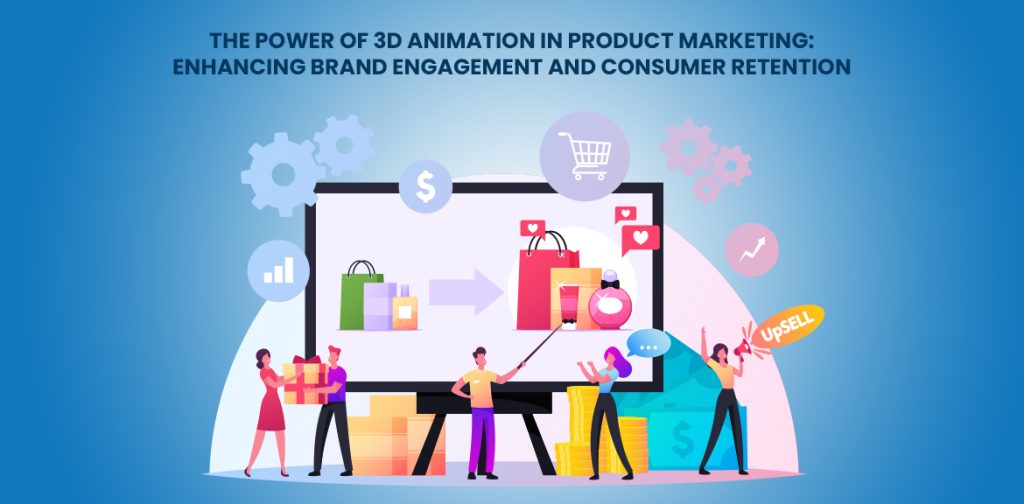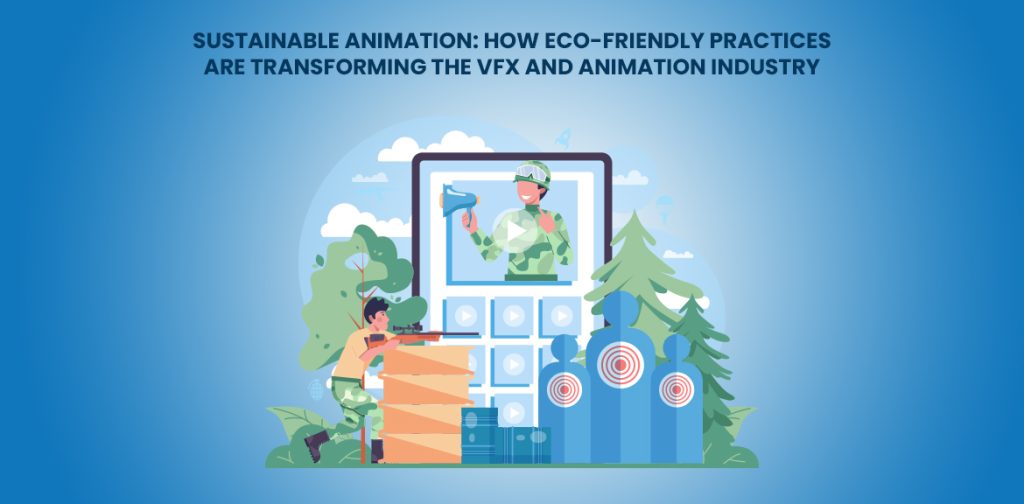Imagine launching a complex industrial product and instantly capturing your audience’s attention—not with dry specs or endless technical jargon, but through a captivating story brought to life by stunning 3D machine animation. In today’s fast-paced market, where buyers crave clarity and connection, simply showing a product isn’t enough. You need to tell its story in a way that’s visually engaging, easy to understand, and memorable.
That’s where 3D machine animation steps in as a game-changer. It transforms intricate machinery and technical details into immersive narratives that resonate with engineers, decision-makers, and end-users alike. Whether you’re unveiling a new piece of manufacturing equipment or a cutting-edge industrial tool, mastering storytelling through 3D animation can make all the difference between a forgettable launch and a standout success.
Why Storytelling Matters in Industrial Product Launches
Industrial products often come with complexity—multiple parts, precise engineering, and technical functions that aren’t always easy to explain. Traditional marketing methods like brochures or static images can fall short when trying to communicate the full value of these products.
Brand Storytelling changes the game. Instead of just listing features, it creates a narrative that shows how the product solves real problems, improves workflows, or innovates an industry. This emotional connection helps build trust and makes your product memorable.
3D machine animation amplifies this by visually breaking down complex concepts and bringing them to life in a way that’s both educational and engaging.
Five Key Techniques for Effective 3D Machine Animation
Here are five proven techniques that product visualization studios and industrial marketers use to tell compelling stories through 3D machine animation:
1. Exploded View Animation: See Inside the Machine
Exploded views pull apart a product’s components, showing how each piece fits and works together. Think of it as a visual dissection that reveals the engineering marvel inside.
- Why it works: It simplifies complexity, making it easier for viewers to understand the product’s design and quality.
- Example: A new industrial pump launch showing the seals, valves, and motor assembly in detail.
2. Motion Graphics and Callouts: Highlight What Matters
Adding animated labels, arrows, and highlights directs attention to important features or functions without overwhelming viewers.
- Why it works: It guides understanding by pairing visuals with clear explanations.
- Example: An animation of a robotic arm with callouts explaining sensor locations and safety features.
3. Realistic Materials and Lighting: Build Credibility
High-quality rendering of materials like metal, rubber, and glass, combined with realistic lighting, makes the product look authentic and trustworthy.
- Why it works: Visual fidelity reassures customers about product quality.
- Example: A turbine animation showing reflective surfaces and glowing internal parts.
4. Contextual Storytelling: Show the Product in Action
Placing the product in its real-world environment helps viewers see how it fits into their workflow or solves their challenges.
- Why it works: It makes the product’s benefits tangible and relatable.
- Example: A conveyor system animation set on a factory floor, showing material flow.
5. Interactive 3D Experiences: Engage and Explore
Interactive animations let users rotate, zoom, and explore the product themselves, creating a deeper connection.
- Why it works: It empowers buyers to engage actively and learn at their own pace.
- Example: A touchscreen display at a trade show allowing users to explore a CNC machine’s parts.
Integrating Storytelling into Your Launch Strategy
3D machine animation shouldn’t stand alone. To maximize impact, integrate it into a broader brand storytelling strategy:
- Craft a clear narrative: Focus on the problem your product solves and the benefits it delivers.
- Maintain brand consistency: Use your company’s colors, logos, and style to reinforce identity.
- Distribute widely: Share animations on websites, social media, presentations, and trade shows.
- Combine with testimonials: Pair animations with customer success stories to build trust.
Why 3D Machine Animation Is Essential for Industrial Launches
By 2025, 3D machine animation has become a must-have for industrial product launches because it:
- Simplifies complex information in an engaging way.
- Captures attention better than static images or text.
- Works across platforms from digital ads to immersive VR.
- Reduces costs by cutting down on physical prototypes and photoshoots.
Leading industrial brands are already seeing faster sales cycles and stronger customer engagement thanks to these advantages.
Final Thoughts
Telling your brand’s story with 3D machine animation transforms how industrial products are introduced to the market. By combining technical accuracy with creative storytelling techniques like exploded views, motion graphics, and contextual settings, you can make your product launch not just informative but unforgettable.
For product visualization studios and industrial marketers alike, mastering these techniques means turning complex machinery into compelling stories that educate, inspire, and drive success. Embrace 3D machine animation as your storytelling partner, and watch your industrial product launches reach new heights.


